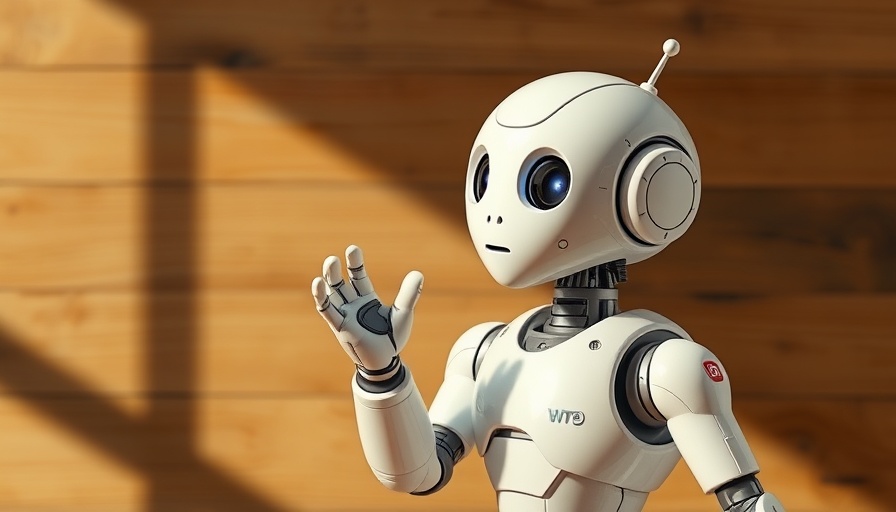
Revolutionizing Social Robotics: A Leap Forward
The latest study from the University of Surrey and the University of Hamburg reveals that social robots are learning to understand and interact with humans without the need for direct human input. This groundbreaking research, presented at the IEEE International Conference on Robotics and Automation (ICRA), introduces a simulation method that enhances the efficiency and scalability of social robot training.
Understanding the New Simulation Method
Traditionally, training social robots for effective interpersonal interaction required extensive real-time human interaction. This new research, however, leverages a dynamic scanpath prediction model to enable robots to predict human gaze and attention without needing human participants in the early testing phases. Dr. Di Fu, a co-lead of the study, expressed excitement about the implications of this breakthrough, highlighting how the robot's ability to mimic human-like eye movements allows for accuracy even in unpredictable environments.
Applications of the New Findings in Robotics
The implications of this research extend far beyond academic interest. Social robots such as Pepper, a retail assistant, and Paro, a therapeutic robot for dementia patients, stand to benefit significantly from improved training methods. The ability to refine social interaction models without extensive human trials could accelerate their integration into everyday environments like education, healthcare, and customer service. As robots become better at interpreting and responding to human cues, they can provide enhanced support in various settings.
Future Prospects of Social Robots
As the technology continues to evolve, further applications of this method could lead to even more complex interactions. The research team aims to explore social awareness in robot embodiment and test their models in diverse and intricate social settings. This adaptability indicates not only a major advancement for social robotics but also a potential redefinition of human-robot interaction in the future.
Addressing Ethical Concerns and Cognitive Bias
While the technological advancements are promising, they also present ethical considerations, particularly regarding cognitive bias. With machines learning from simulations, it’s crucial to ensure that the learned behaviors and interactions do not replicate human biases. Developers will need to be vigilant to ensure that the introduction of AI does not inadvertently reinforce existing stereotypes or social prejudices.
Conclusion: Shaping the Future of AI and Machine Learning
This innovative study paves the way for a future where social robots can be refined and improved with greater efficiency. With advancements in machine learning and artificial intelligence, we are likely on the brink of significant changes in how these robots operate in society. Understanding and adapting to these changes will be crucial for professionals across various sectors as robots become more integrated into our lives.
 Add Row
Add Row  Add
Add 




Write A Comment